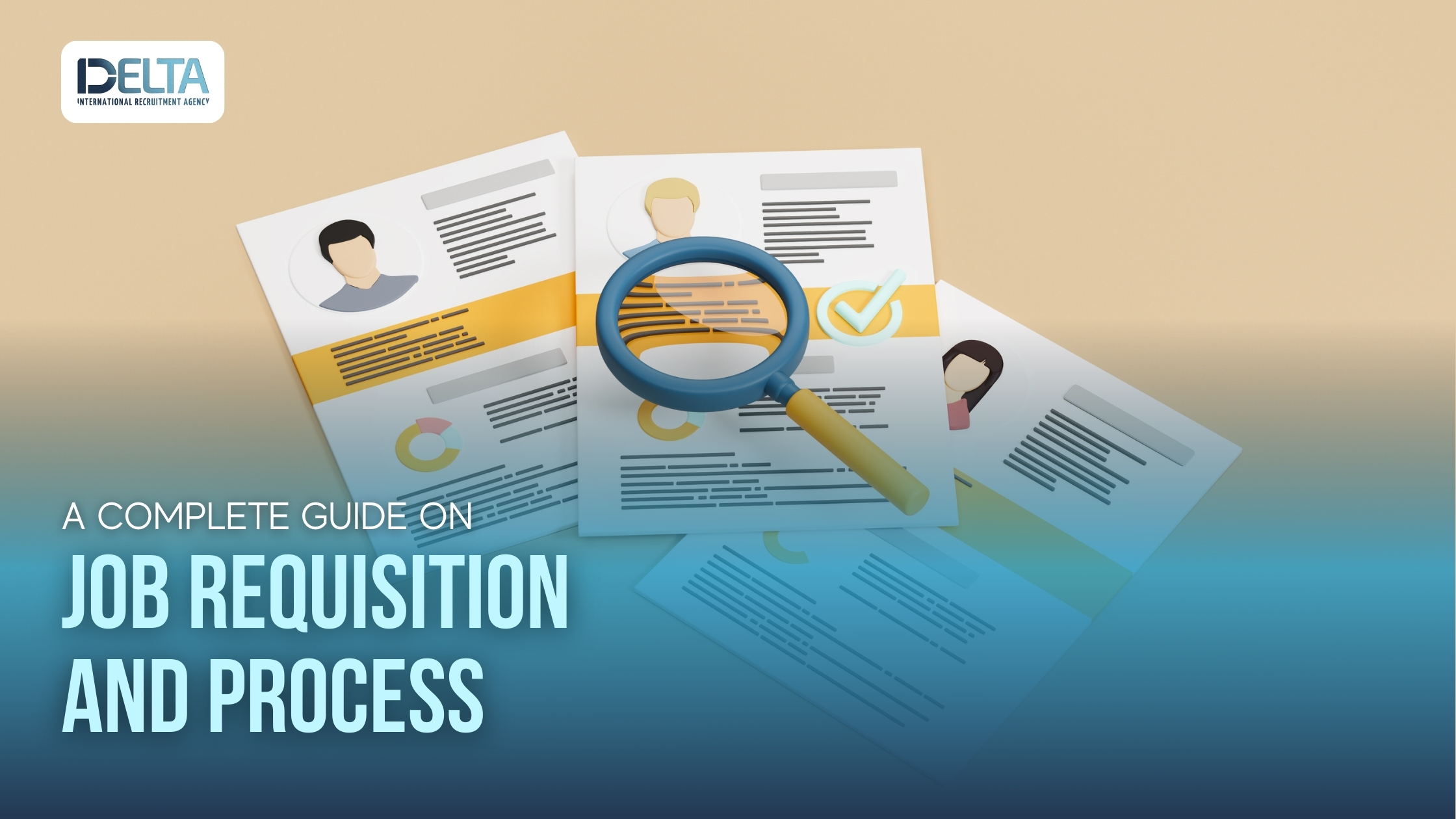In today's dynamic business landscape, the process of job requisition plays a pivotal role in recruiting the right talent. A well-structured job requisition not only ensures clarity in hiring but also streamlines the recruitment process, making it more efficient and effective.
What is a Job Requisition?
A job requisition is a formal request to fill a job position within a company. It is typically initiated by a department manager or HR and includes key details about the position, such as job title, department, job description, and qualifications needed.
Key Components of a Job Requisition
- Job Title and Department: Clearly stating the job title and department helps in identifying the role's place within the organization.
- Job Description: This section outlines the primary responsibilities and expectations for the role. It is crucial for attracting suitable candidates and filtering out those who do not meet the requirements.
- Qualifications and Skills: Specify the essential skills, qualifications, and experience required for the role. This helps in targeting the right talent pool.
- Salary Range: Including a salary range can attract candidates who are aligned with your compensation expectations.
- Approval Process: The requisition must be approved by relevant authorities, such as HR and department heads, to ensure it aligns with organizational goals and budgets.

Image Source: wrangle.io
The Job Requisition Process
1. Identifying the Need
The process begins with recognizing the need for a new hire, which could be due to business expansion, a vacant position, or the need for specific skills.
2. Drafting the Job Description
A compelling job description is drafted to attract top talent. It should be clear, concise, and highlight not only the role's duties but also opportunities for growth within the company.
3. Approval
The draft is reviewed by HR and relevant department heads to ensure it aligns with company policies and budgets. Approval sets the stage for moving forward with recruitment.
4. Advertising the Job
Once approved, the job requisition is posted on various platforms such as job boards, the company website, and social media. This broadens the reach to potential candidates.
5. Screening and Selection
Applications are screened to shortlist candidates who meet the qualifications. This is followed by interviews and assessments to evaluate the candidates' fit for the role.
6. Decision Making
After thorough evaluation, a candidate is selected. This involves collaboration between HR, department heads, and other stakeholders to make an informed decision.
7. Extending the Offer
An offer is extended to the selected candidate, detailing the salary, benefits, and job specifics. The negotiation process may occur here to align expectations.
Common Challenges and Solutions
- Attracting Quality Candidates: Creating an appealing employer brand and using targeted job descriptions can help attract better candidates.
- Avoiding Bias: Implement blind resume screening and structured interviews to reduce bias and promote diversity.
- Compliance with Regulations: Ensure all processes adhere to labor laws and company policies to maintain transparency and fairness.
Leveraging Technology
Utilize tools like Applicant Tracking Systems (ATS) to automate resume screening and streamline the recruitment process. Video interviewing tools can facilitate remote interviews efficiently.
By following these steps and strategies, organizations can optimize their job requisition process, ensuring they attract and hire the right talent effectively. This guide serves as a roadmap to navigate the complexities of recruitment, helping companies build a strong and capable workforce.
Recruitment Industry: Recruiting Guides




